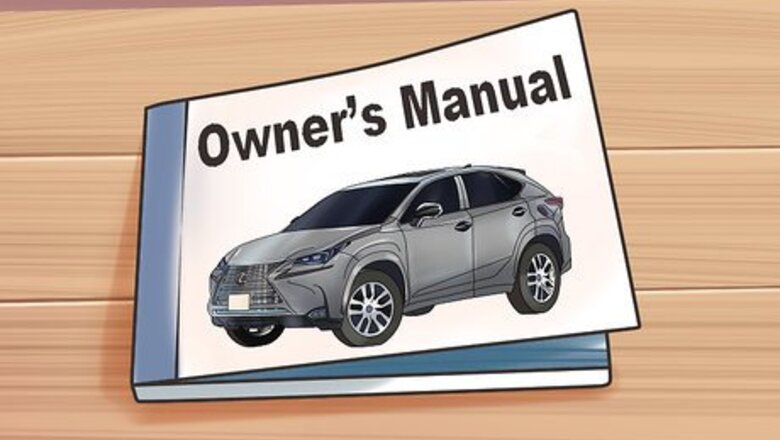
views
Knowing When to Flush Power Steering
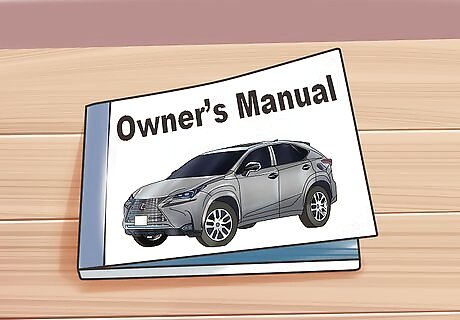
Check your owner's manual for the recommended power steering flush schedule. Your power steering system is actually remarkable at staying clean. That said, over time natural wear and tear will cause bits of rubber, plastic, and dirt to enter the fluid, and this can cause problems to the entire system if the fluid is not flushed. Each car has its own suggested interval after which you should change the fluid, so look up your model's time frame. For high-end cars, you should consider replacing the fluid every 35-40 thousand miles.
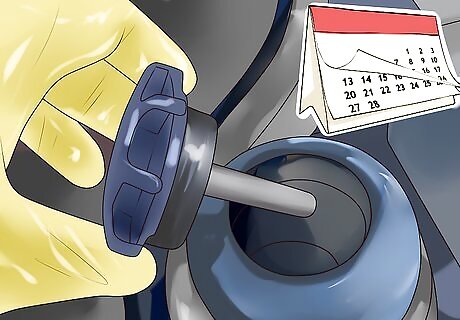
Check your power steering fluid reservoir monthly to check for leaks. Your power steering fluid level should barely change from month to month. If it is changing, then you likely have a leak and should bring your car to an auto shop as soon as possible. Your reservoir usually has a labeled cap or a picture of a steering wheel. If you are having trouble locating this semi-transparent plastic tank, check your owner's manual.
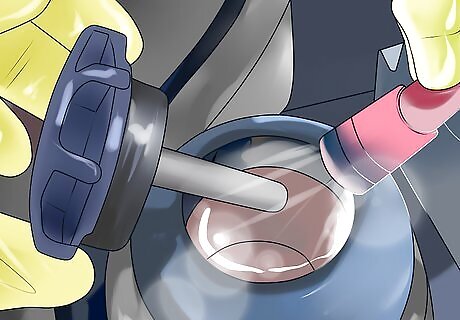
Check the color and consistency of your power steering fluid. Open the reservoir and use a flashlight to peer down into the fluid. The consistency, color, and smell will tell you whether or not you need to change your fluid: Flush your fluid if it smells burnt, looks dark brown or black, and/or has shiny, metallic bits in it. Refresh your fluid if it is darkly colored, your owner's manual recommends it, and/or if you do frequent towing or high-weight driving. Your fluid is fine if it is lightly colored, dark without metallic bits or chunks, or was replaced in the last two to three years.
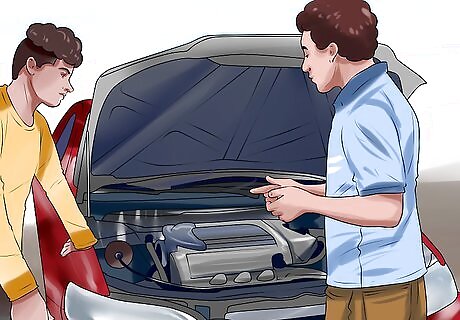
Bring your car to the mechanic if you hear a whining or moaning noise when turning. This could be the sign of more serious, and expensive, power steering problems. The sooner you take care of the issue, the easier and cheaper the repair will be.
Flushing your Fluid
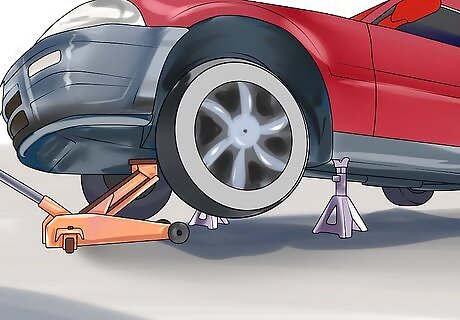
Lift the vehicle using a jack and assure that the front wheels are raised to a sufficient height, allowing you to slide easily under the car. Since you will be rotating the steering wheel, jack stands are recommended in order to allow free movement of the tires.
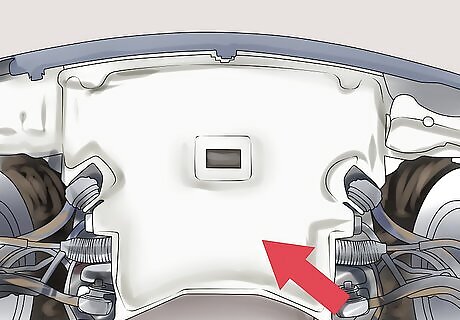
Locate and remove the catch tray under the power steering system. Some cars will not have a catch tray. If confused, check your owner's manual. If there is any fluid in this tray it likely means you have a leak and should bring the car in to a mechanic. Place a disposable pan right under the location of the catch tray to capture the fluid as you flush it. If you are extra car savvy, make sure you disconnect the line that goes from the power steering rack to the reservoir. While not strictly necessary, this will remove more fluid and lead to a better flush.

Drain the power steering fluid by disconnecting the low-pressure hose from the steering pump at its lowest point. There will be multiple thin (1/2-1" thick) hoses running from your power steering. With your pan ready underneath, unhook this hose and drain the old fluid. Be ready for the fluid to flow as soon as you unhook it. Gloves, eye protection, and long sleeves are recommended. EXPERT TIP Hovig Manouchekian Hovig Manouchekian Auto Repair & Design Specialist Hovig Manouchekian is an Auto Repair and Design Specialist and the Manager of Funk Brothers Auto, a family-owned business operated since 1925. With over 30 years of experience in the automotive industry, Hovig specializes in the process of auto repair and maintenance. He is also very knowledgeable in common automotive issues and needs including engine repair, battery replacement, and windshield accessory and maintenance. Hovig's knowledge and hard work have contributed to Funk Brothers Auto winning Angie's List Super Service Award for five consecutive years. Hovig Manouchekian Hovig Manouchekian Auto Repair & Design Specialist Top up your power steering fluid to ensure a smooth ride. Contaminated power steering fluid is a common cause of a stiff steering wheel, as are low levels of fluid. Fix contaminated fluid with a system flush. If the fluid level is low, there may be a leak in the system. Keep the reservoir filled with fresh fluid.
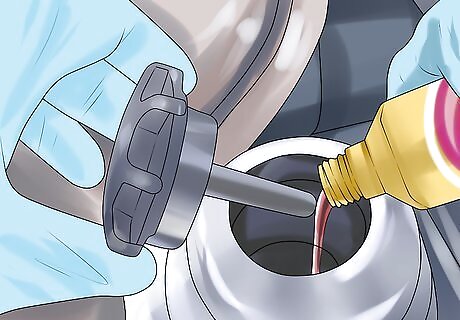
Unscrew the cap to the power steering reservoir and add roughly 1/2 of the manufacturer's recommended amount of power steering fluid. In order to fully flush the system, you'll need to remove the air bubbles and push out the rest of the fluid in the hoses. Fill it roughly halfway before moving on.
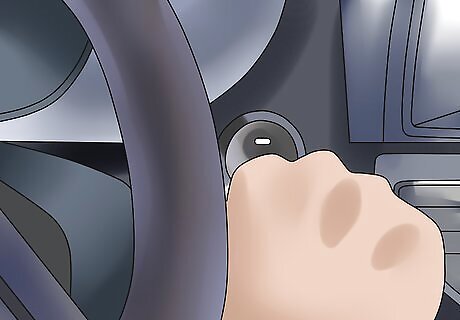
Turn the car on and add more fluid, keeping the reservoir half full. It is often easiest to have a friend turn the car on while you pour. You want to keep your eyes on the draining fluid as well as the current level of the reservoir. When the draining fluid is clearly new fluid, shut the car off. Have your friend turn the wheel back and forth as you pour. This will help remove air from the lines. The fluid will likely bubble as you fill it. This is good, as it represents the air being flushed from the system.
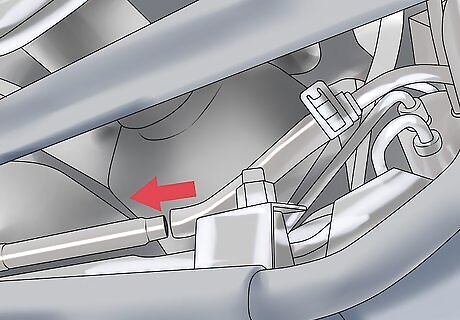
Reattach the power steering line after you turn the car off. Power steering fluid is not thick, so it should not be hard to close the line up once you're done working. Once the fluid is flushed, shut the car off and reattach everything how you found it.
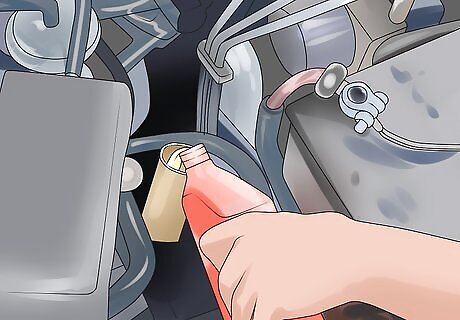
Fill the reservoir up to the recommended level and close it up. Once you've got the air out and the line closed, fill up the reservoir to the recommended level.
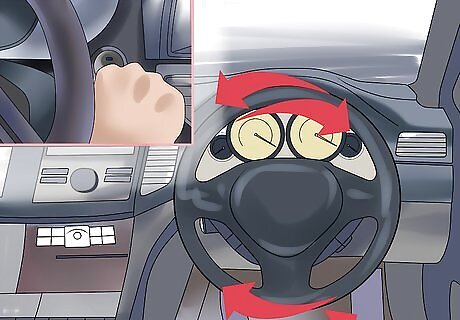
Start the engine and rotate the steering wheel from one locked position to the other for five minutes. Listen for a buzzing sound which indicates that there is air trapped in the system. Continue to turn the steering wheel until the fluid is properly circulated throughout the system, releasing any remaining air.
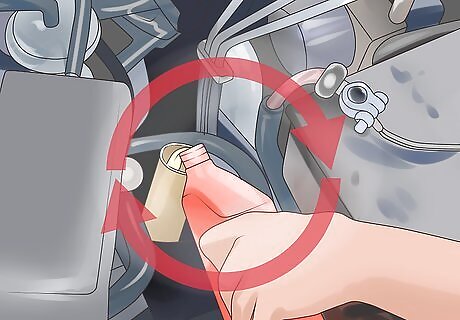
Turn the car off and top the reservoir with more fluid. More likely than not, your fluid level will seem to drop after you test the steering wheel. This is because fluid is being drawn out of the reservoir and into the lines. Top off the reservoir with more power steering fluid to finish the job.

Verify that the steering wheel is operating properly when the vehicle's weight is on the tires. Turn the car on and turn the steering wheel back and forth. Ensure that the wheels can turn like normal. If they don't, bleed the system again and refill it.
Refreshing Your Fluid
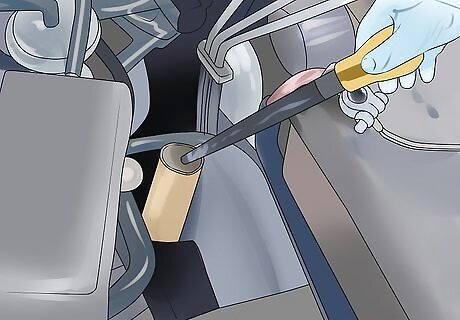
Recognize that flushing power steering is not necessarily essential. Many owner's manuals never even mention steering fluid, and despite the urging of some mechanics, there is growing disagreement that a full flush is really needed for most cars. If the fluid doesn't smell burnt and there are no metallic bits in the fluid, you can get by with a simpler "flush." If your fluid is dark or you are losing sleep worrying about your car, this simple procedure will refresh your fluid for the foreseeable future.

Locate the power steering fluid reservoir on your engine. This is usually labeled with a steering wheel icon on the cap.
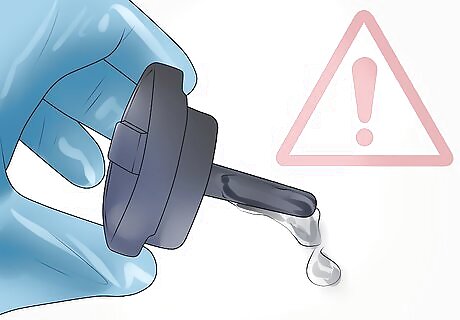
Mark the current level and condition of the power steering fluid. Note the color and consistency of the fluid. If it smells burnt or has bits of metal in it, you'll need to do a full flush of the system. Note the current level of the fluid.
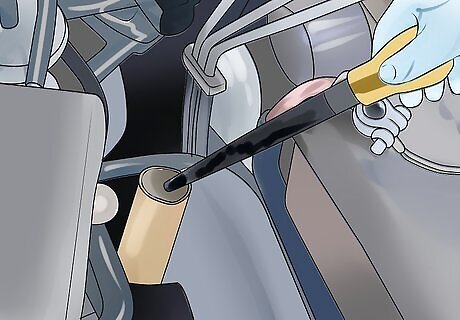
Use a turkey baster to suction the old fluid out of the reservoir. This will take some time, and you will not get everything, but this is a simple and easy way to get old fluid out without a complicated flush.
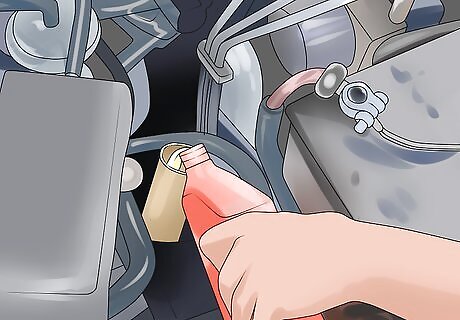
Refill the reservoir to its prior level with fresh fluid. This simple procedure will protect your car, cheaply, and is just as effective a method as a full flush if you have no other problems. The power steering system is, relatively speaking, rather clean and simple. Unlike other fluids, like oil, the power steering system doesn't even need a filter. This quick "refresher" is likely all you'll need to do to keep your wheels turning easily. Many cars don't even recommend changing this fluid — you'll be ahead of the game if you even do this.

Repeat the process a few weeks later to fully refresh the fluid. Drive the car around, recirculating the fluid, and repeat a few weeks later if you want a full "flush." This won't get everything out, but more than enough to keep your car running happily.


















Comments
0 comment